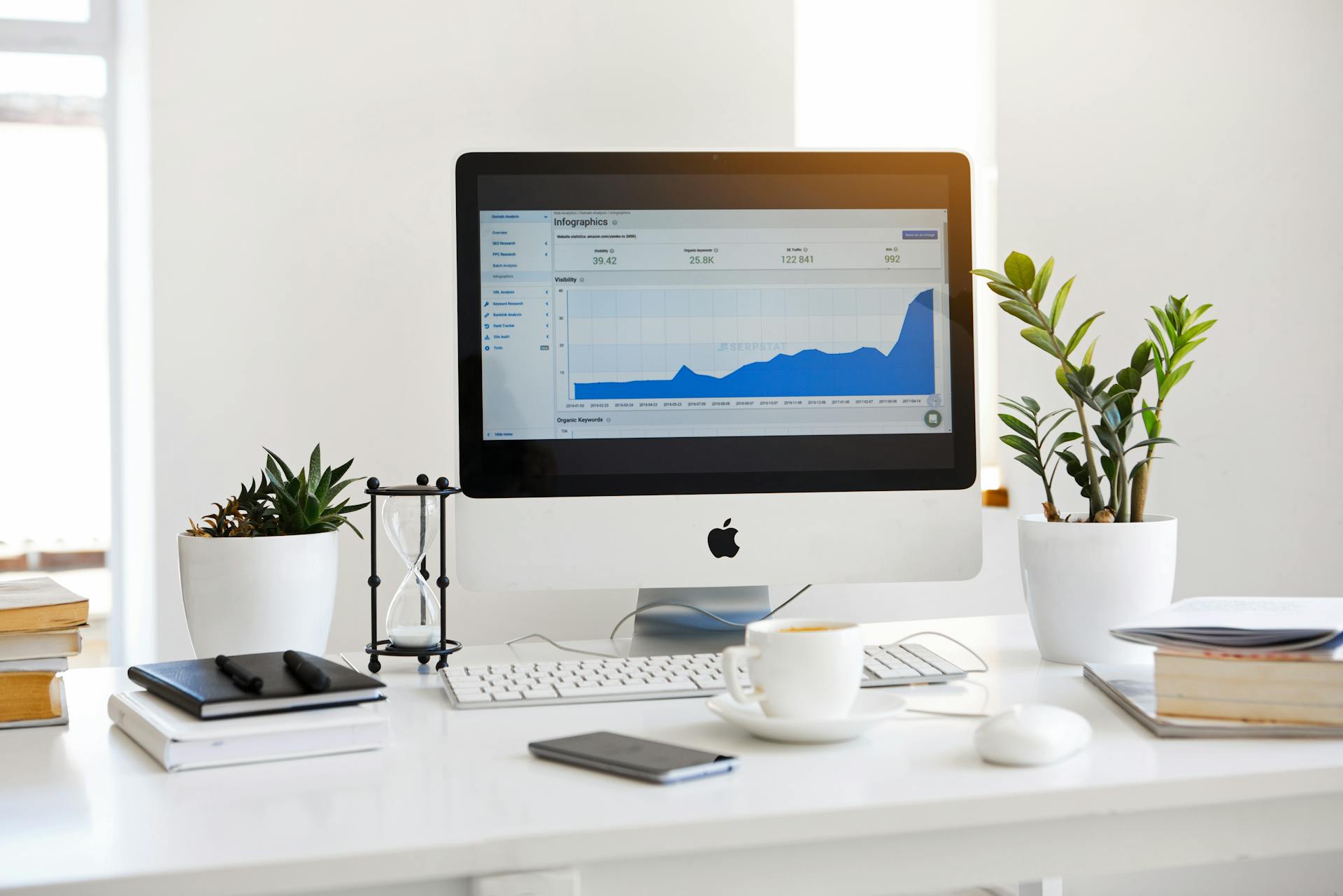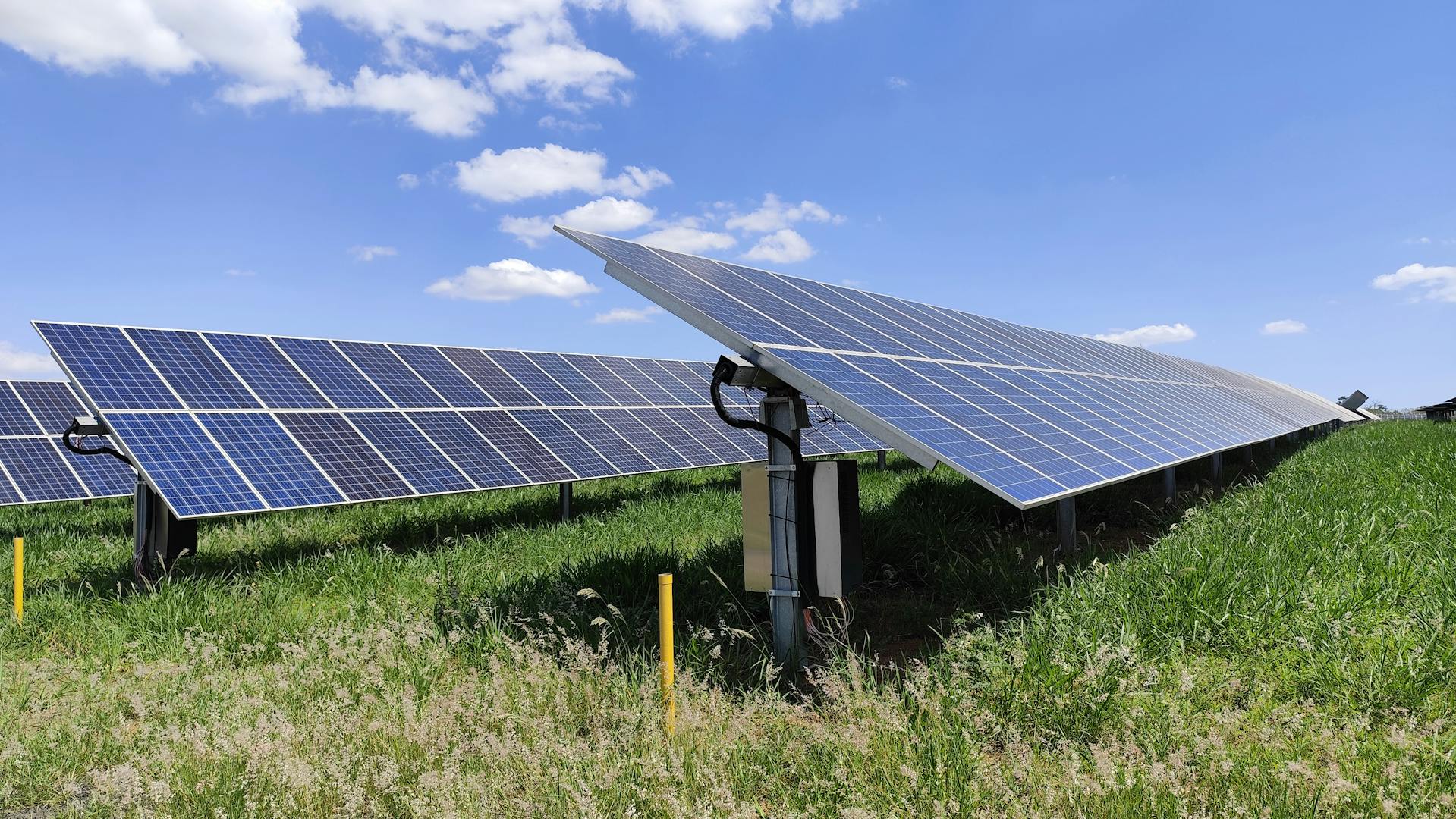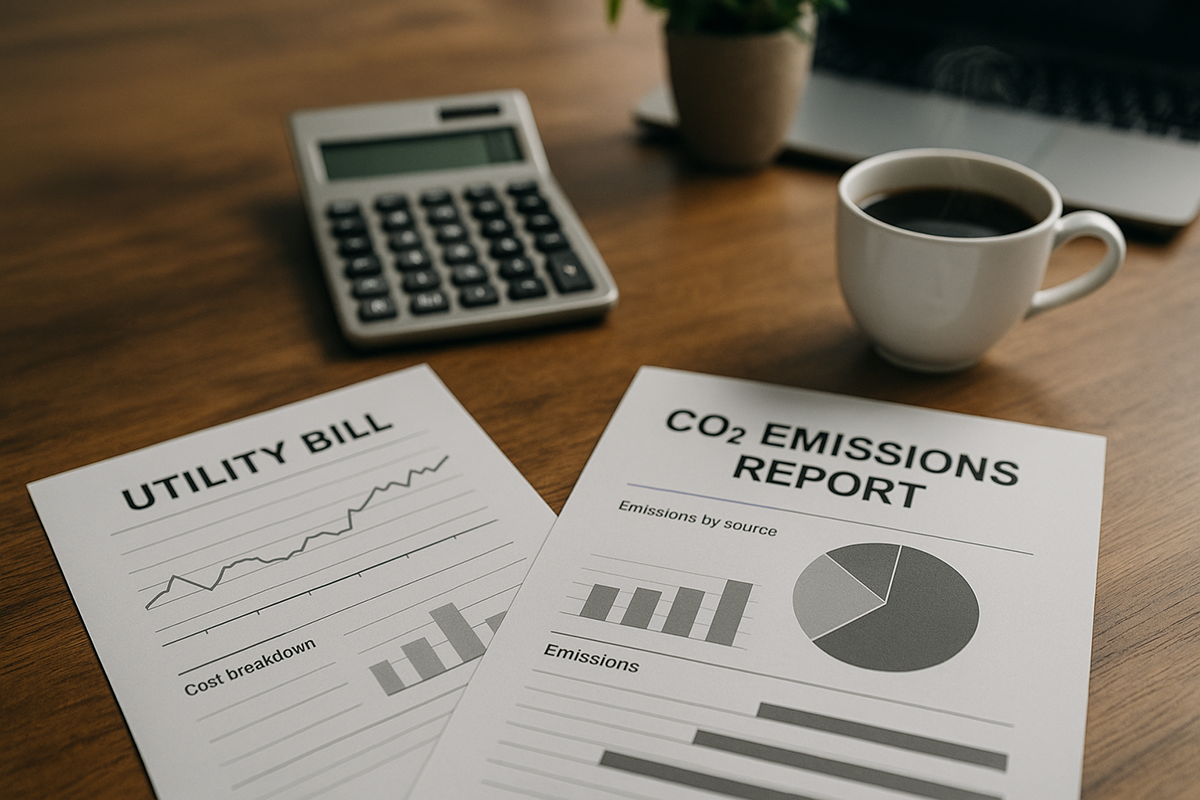You’ve just received a request from a client: “Please provide your company’s carbon emissions or…
Turning Data into Action: How Property KPIs Reveal Resource Trends Year Over Year

Property managers are surrounded by data, but raw numbers alone rarely lead to better decisions. That’s where property KPIs (key performance indicators) come in. By focusing on measurable benchmarks—like average daily usage compared to prior years—you can see not just what’s happening today, but also where trends are heading.
When property teams track the right KPIs, they move beyond “reactive” management to proactive planning. The result? Lower costs, stronger sustainability performance, and better outcomes across an entire portfolio.
Spot the Story Behind the Numbers
Instead of sifting through endless spreadsheets, property KPIs surface the most important insights. Is energy consumption trending up compared to last year? Are certain properties improving while others lag behind? With year-over-year analysis, managers can quickly identify red flags and opportunities.
For example, if one office building shows a 12% increase in electricity use compared to the prior year while a similar property shows a 5% decrease, it’s clear where attention should go first.
Recognize Patterns That Matter
Energy use often fluctuates seasonally. A spike in summer cooling or winter heating might be expected, but persistent increases could point to inefficiencies. With sustainability metrics in place, it’s easier to separate normal variation from genuine problem areas.
Recognizing these patterns also makes it possible to set realistic reduction targets that account for climate, tenant activity, and building type.
Benchmark and Plan with Confidence
Looking at KPIs across a portfolio also provides energy benchmarking opportunities. Comparing properties side by side helps identify best practices worth replicating. Over time, this builds a data-driven roadmap for reducing costs and improving sustainability performance.
Benchmarking also supports regulatory and ESG reporting, ensuring managers can confidently show progress toward goals like net-zero carbon.
8 Essential Property Metrics Every Manager Should Track
To make KPIs more actionable, here are some of the most valuable metrics to monitor across properties:
- Kilowatt Hours (kWh): Measures electricity consumption. One kWh is the energy used by a 1,000-watt appliance running for an hour.
- MMBTUs (Million British Thermal Units): A measure of heat energy, often used to track natural gas, heating oil, or steam consumption.
- Water Usage (Gallons): Tracks how much water a property consumes daily, monthly, or annually.
- Carbon Emissions (CO₂e): Converts energy and travel usage into equivalent greenhouse gas emissions.
- Energy Use Intensity (EUI): A ratio of energy consumption per square foot, allowing fair comparison between buildings of different sizes.
- Peak Demand (kW): Identifies the highest level of energy used during a billing cycle—important for managing utility demand charges.
- Waste Diversion Rate (%): Measures how much waste is diverted from landfills through recycling or composting.
- Operating Cost per Square Foot ($): Links resource use directly to financial impact across the portfolio.
Tracking these metrics consistently ensures managers have both the operational and financial picture needed to make smart decisions.
Closing Thoughts
Don’t let data sit idle. By focusing on property KPIs, property managers can move from data overload to actionable insight. Year-over-year analysis, energy benchmarking, and sustainability metrics make it possible to cut waste, plan more effectively, and meet sustainability goals.
Our platform makes it easy to monitor trends, benchmark progress, and plan for a smarter, more sustainable future.
Ready to see how your properties compare? Explore how our software turns raw data into meaningful KPIs that drive results.


